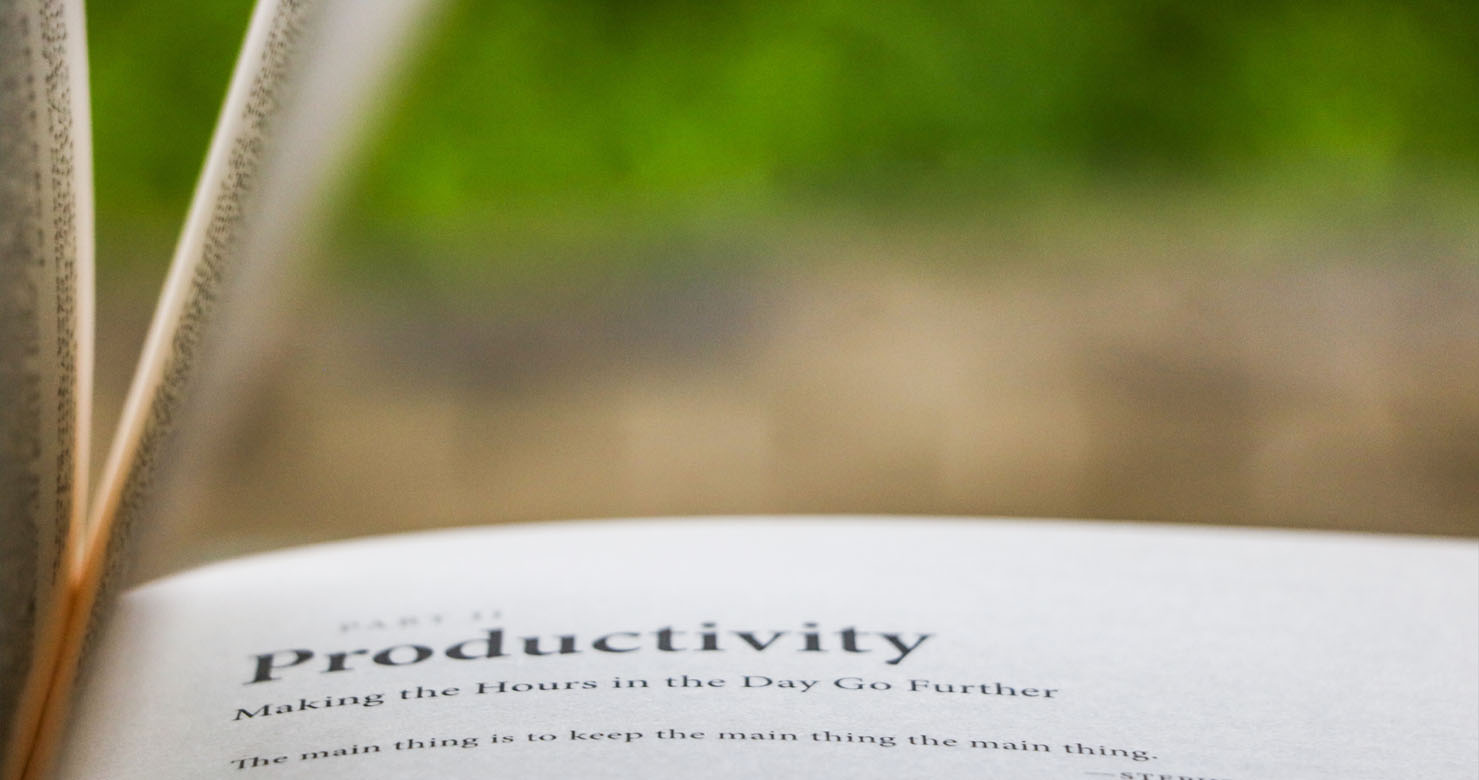
Hey Reader,
Did you know that using a simple tomato-shaped timer can skyrocket your productivity and time management skills?
It’s called the Pomodoro Technique, and it’s the game-changer you never knew you needed.
As an Educator with 20 years of experience in teaching and learning strategies, I’ll guide you through the ins and outs of this powerful technique.
Unraveling The Mystery Of The Pomodoro Technique
The Pomodoro Technique is a time management method invented by Francesco Cirillo in the late 1980s. It breaks work into focused intervals, usually 25 minutes long, followed by short breaks. These intervals are called “Pomodoros,” named after the tomato-shaped kitchen timer Cirillo used during university.
The technique has three main components:
- The Pomodoro itself
- The short break
- The longer break.
It’s a versatile method used by students, professionals, and creatives alike. I’ve personally used the Pomodoro Technique to juggle multiple projects, meet deadlines, and still maintain a healthy work-life balance.
Unlocking The Life-Changing Benefits Of The Pomodoro Technique
Mastering the Pomodoro Technique can help you:
- Increase focus and productivity.
- Prevent burnout by incorporating regular breaks.
- Improve time management and planning skills.
- Achieve a better work-life balance.
The Pomodoro Technique simply trains your brain to work more efficiently and to better manage distractions.
Your Step-By-Step Guide To Mastering The Pomodoro Technique
Here’s how to get started with the Pomodoro Technique:
- Choose a task to work on.
- Set a timer for 25 minutes (one Pomodoro).
- Work on the task until the timer rings.
- Take a 5-minute break.
- Repeat steps 1-4 three more times.
- After completing four Pomodoros, take a 15-30 minute break.
For best results, use a physical timer, keep track of your completed Pomodoros, and gradually adjust the length of your Pomodoros and breaks based on your preferences.
Conquering Challenges Like A Pomodoro Pro
When I got started using the Pomodoro technique, there were a few things that held me back:
Challenge 1: Dealing with interruptions (Email pings, Amazon guy at the door, Facebook notifications)
How To Overcome This: Set boundaries with colleagues or family and create a designated workspace. Turn your notifications off when you are doing this.
Challenge 2: Maintaining consistency.
How To Overcome This: Commit to a daily routine and set specific goals for each Pomodoro session.
Challenge 3: Finding the right balance between work and break times.
How To Overcome This: Experiment with different Pomodoro and break durations to find the best fit for you.
Keep Your Progress On Track
Tracking your progress is essential for maintaining motivation and improving your Pomodoro skills. Consider using:
- A journal.
- Apps like Focus To-Do or Pomodone.
- A spreadsheet.
Find an accountability partner or join an online community like the Pomodoro Technique Reddit to share your journey and support others.
Mastering the Pomodoro Technique can revolutionize your productivity, time management, and overall well-being.
Give it a try, and don’t forget to let me know how it goes!
Happy Pomodoro-ing, see you next week.




